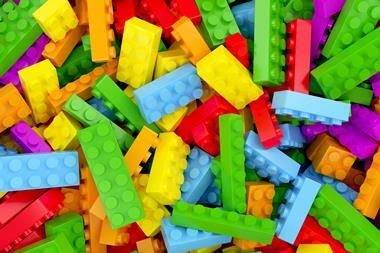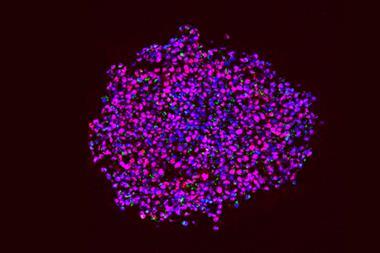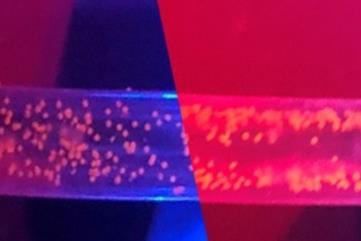Bottled water has been found to contain hundreds of thousands of tiny plastic particles, the vast majority of which are nanoplastics (<1μm in length), according to new research.
Nanoplastics are thought to be more toxic to humans because their small size means they can pass more easily from the gut into the body than microplastics (1μm to 5mm in length). However, there is a gap in understanding the effects of these tiny particles on organisms due to the challenges associated with detecting them.
To address this gap, the team developed a hyperspectral stimulated Raman scattering imaging platform that enabled rapid analysis of nanoplastics with high sensitivity and specificity. Using three popular brands of bottled water – that remain unnamed – as their model system they successfully detected and identified particles down to just 100nm in size, from seven plastic types including polyethylene terephthalate and polyamide – materials commonly used to make plastic bottles.
The researchers calculated that the average litre of bottled water held 240,000 particles of micro- and nanoplastics, with nanoplastics making up around 90% of the particles detected. The authors said these concentrations were ‘two or three orders of magnitude more’ than the abundance reported previously in bottled water in studies focusing only on large microplastics.
In addition, they found the seven plastic types they searched for only accounted for roughly 10% of all the particles they detected. The rest could not be identified, which the authors said indicated ‘the complicated particle composition inside the seemingly simple water sample’.
References
N Qian et al, Proc. Natl. Acad. Sci. USA., 2024, DOI: 10.1073/pnas.2300582121

















No comments yet